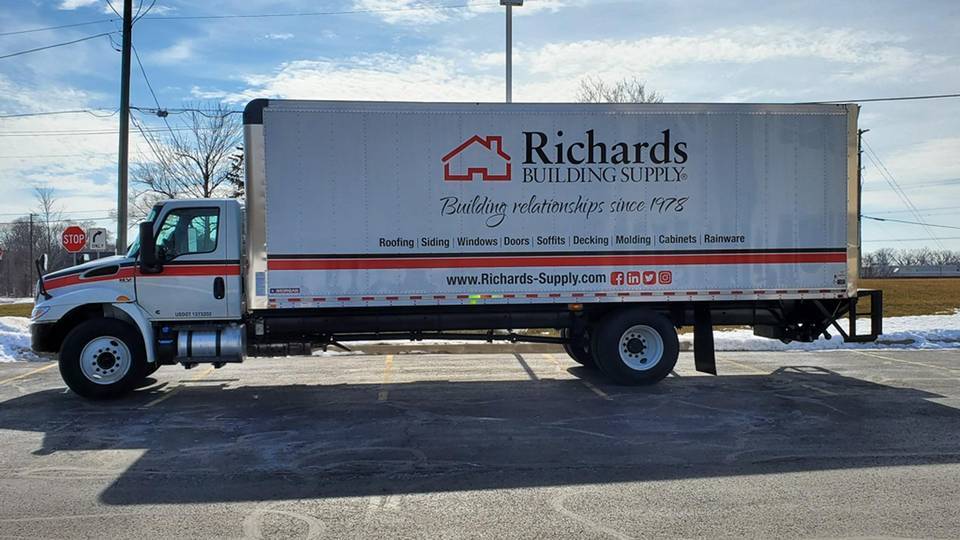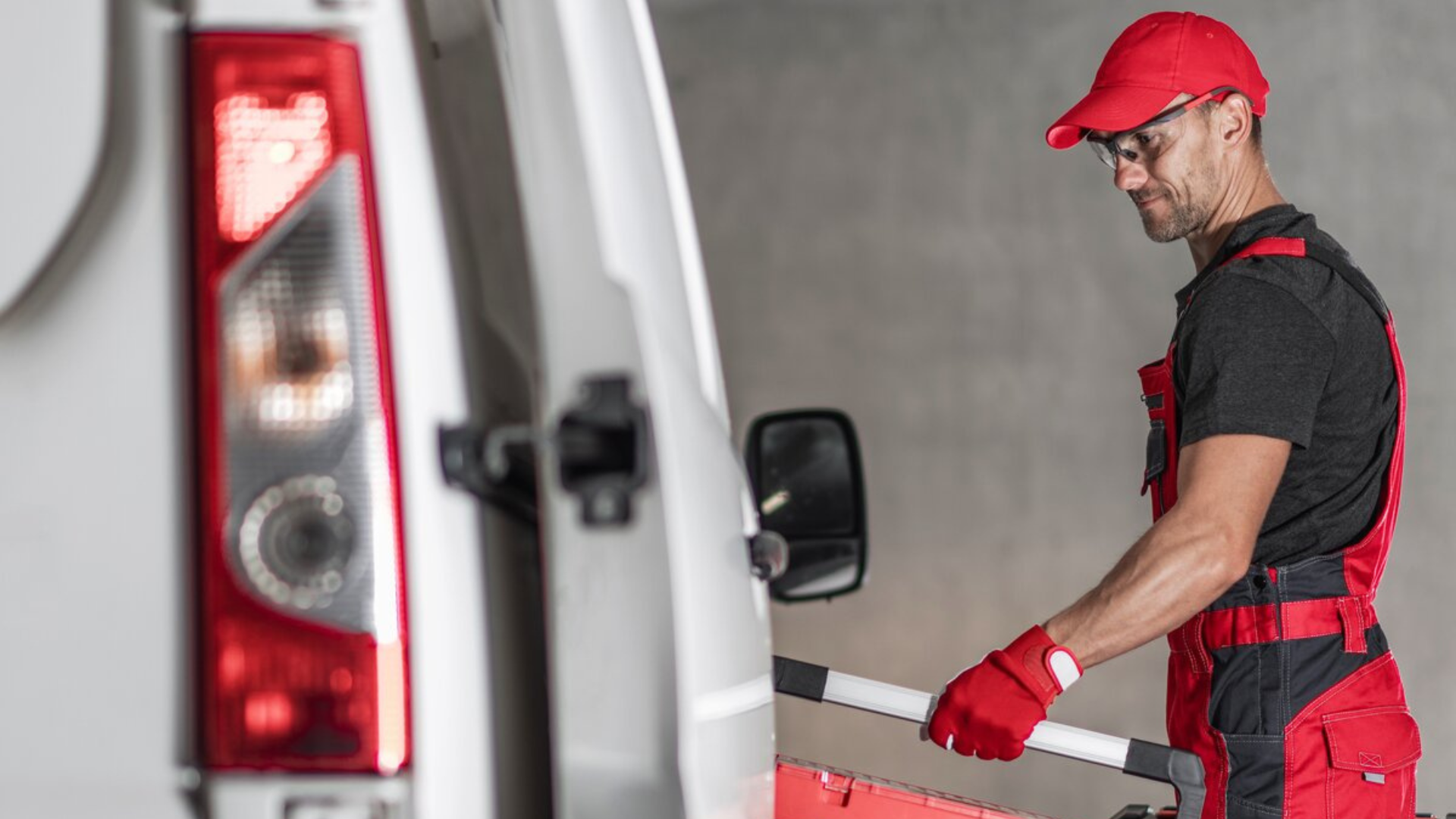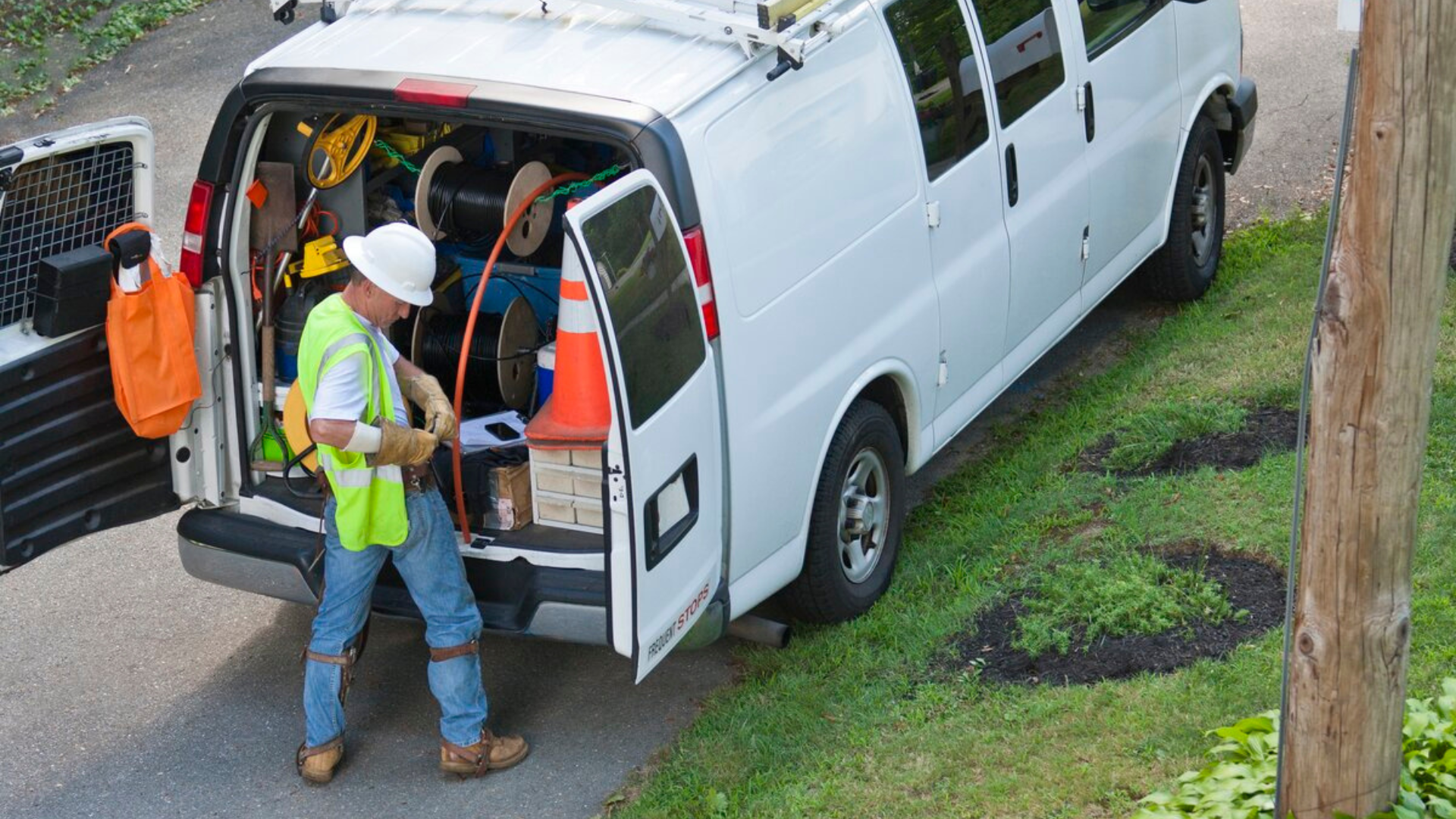How to build a safer last mile fleet through driver engagement

Aug 29, 2025
.jpeg)
Your drivers are at the heart of your fleet’s safety performance. No matter how sophisticated your systems or how well-written your policies, meaningful, long-lasting improvements only take hold when drivers are actively engaged. When drivers feel trusted, respected, and included, they are far more likely to adopt safe habits, and become the champions of your safety programme. In this blog article, we explore how to build a culture of safety by engaging your drivers at every stage, from technology adoption to real-time coaching, feedback, and recognition.
Get early consent for the use of enhanced safety systems
Advanced safety tools such as AI-powered dash cameras with driver- and road-facing lenses can significantly reduce the risk of collisions, but they can only be deployed with consent from the workforce.
It’s essential to bring drivers and drivers’ unions into the conversation early, well before installation to address any concerns related to privacy and performance monitoring. Some dash camera solutions offer concealing services that blur driver images, number plates, pedestrians and other road users. This helps to safeguard privacy concerns while still maintaining visibility into risky behaviours, protecting both driver safety and trust.
Showing drivers real examples of how camera footage can exonerate them in non-fault incidents can also go a long way toward building trust and acceptance.
Provide real-time coaching
In-cab alerts based on risky behaviours such as harsh braking, use of mobile phones, or failure to maintain a safe distance from other vehicles, help drivers make safer decisions in the moment. Whether triggered by customisable telematics data or AI dash cameras, these alerts provide instant coaching, allowing drivers to self-correct before that behaviour causes an accident. This live feedback loop empowers drivers to continually improve their driving style to protect themselves and other road users.
Offer active support in the event of an accident
When an incident occurs, your drivers need to know their managers have their back. With real-time notifications, the fleet team can be immediately alerted when a safety incident occurs, so that they can provide immediate assistance to the driver. This makes them feel safer and more valued, while also helping to reduce the time to first notification of loss. Accurate telematics and dash camera footage can also be used to support the driver when false accusations are made, building trust and morale while strengthening your insurance position.
Give regular feedback for improvement
Driver safety scorecards are a powerful tool, and become even more so when they are used collaboratively. Sharing these safety performance reports helps drivers understand how their habits affect safety outcomes. Drivers can be provided with personalised safety goals, based on their past performance, to encourage consistent progress and improvement.
Make safety a team sport
Gamification adds an element of fun and teamwork to your safety programme. Pitting depots or regional teams against each other can spark healthy competition, build camaraderie, and turn safety into a shared mission. When done right, it motivates drivers and builds a strong safety culture, especially when it’s tied to achievable goals and meaningful recognition.
Recognise and reward positive behaviour
Recognition matters. When drivers feel that their contributions are valued, they’re more likely to stay committed to your safety goals. Reward programmes like Geotab Vitality encourage safe habits by nudging drivers toward better decisions and recognising their progress. This results in safer drivers, stronger engagement, and better retention.
Driver engagement is critical to success
Training, involving and engaging your drivers is the key to a safer, more resilient fleet. By building trust, offering real-time support, sharing transparent data, and celebrating progress, you can turn your drivers into active partners in your safety programme. It’s this human connection, backed by actionable telematics insights, that creates an enduring culture of safety.
Download the free last mile fleet safety ebook to learn how to create a data-backed safety programme that brings your drivers along with you.
Subscribe to the Geotab Blog

Senior Marketing Specialist, SWE at Geotab
Table of contents
Subscribe to the Geotab Blog
Related posts

The fleet safety incentive programme checklist for driver engagement that lasts
November 26, 2025
2 minute read

The First 40 Days: How Richards Building Supply is rewarding safety and seeing driving improvements
November 20, 2025
2 minute read


How telematics insights can enhance safety for field service fleets
November 5, 2025
1 minute read

How bus fleets can reduce risk with proactive driver feedback and coaching
November 3, 2025
2 minute read

Dash cams that protect driver privacy without missing key events
October 28, 2025
4 minute read